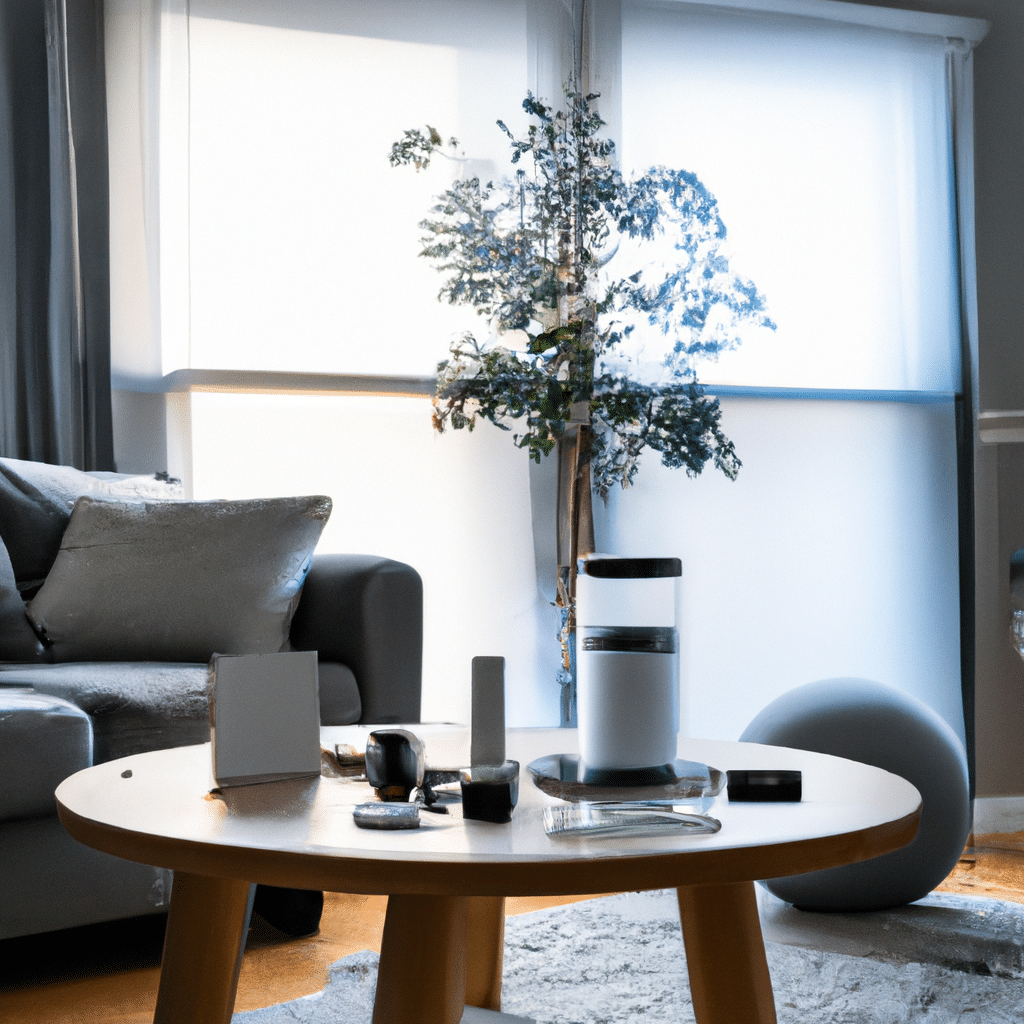Managing the humidity levels in your home is crucial for your health and comfort. High humidity levels can cause mold growth, damage to your home’s structure, and can even exacerbate allergies and asthma. On the other hand, low humidity levels can cause dry skin, respiratory problems, and damage to your furniture and electronics. With the rise of smart home technology, managing your home’s humidity has never been easier. In this article, we will discuss the best smart home devices to help you manage your home’s humidity.

1. Smart Thermostats
Smart thermostats are a great tool for managing your home’s humidity levels. They can regulate the temperature and humidity in your home automatically, based on your preferences and schedule. Some smart thermostats even have sensors that can detect the humidity levels in your home and adjust accordingly. This feature is especially useful in areas with high humidity levels, where air conditioning alone may not be enough to keep the humidity levels in check.
2. Smart Humidifiers
Smart humidifiers are another great tool for managing your home’s humidity levels. Unlike traditional humidifiers, which require manual adjustment, smart humidifiers can be controlled remotely using your smartphone or voice commands. Some smart humidifiers even have sensors that can detect the humidity levels in your home and adjust accordingly. This feature is especially useful in areas with low humidity levels, where dry air can cause respiratory problems and damage to your furniture and electronics.
3. Smart Dehumidifiers
Smart dehumidifiers are the opposite of smart humidifiers. They are designed to remove excess moisture from the air, which can cause mold growth and damage to your home’s structure. Like smart humidifiers, smart dehumidifiers can be controlled remotely using your smartphone or voice commands. Some smart dehumidifiers even have sensors that can detect the humidity levels in your home and adjust accordingly. This feature is especially useful in areas with high humidity levels, where air conditioning alone may not be enough to keep the humidity levels in check.
4. Smart Vents
Smart vents are a new type of vent that can be controlled remotely using your smartphone or voice commands. They are designed to regulate the airflow in your home, which can help manage the humidity levels. Some smart vents even have sensors that can detect the humidity levels in your home and adjust accordingly. This feature is especially useful in areas with uneven airflow, where certain rooms may have higher or lower humidity levels than others.
5. Smart Air Purifiers
Smart air purifiers are designed to remove pollutants and allergens from the air, which can help manage the humidity levels in your home. Some smart air purifiers even have sensors that can detect the humidity levels in your home and adjust accordingly. This feature is especially useful in areas with high humidity levels, where mold growth and allergens can be a problem.
6. Smart Fans
Smart fans are designed to regulate the airflow in your home, which can help manage the humidity levels. Some smart fans even have sensors that can detect the humidity levels in your home and adjust accordingly. This feature is especially useful in areas with uneven airflow, where certain rooms may have higher or lower humidity levels than others.
7. Smart Home Hubs
Smart home hubs are the central control system for all your smart home devices. They can be used to control your smart thermostats, humidifiers, dehumidifiers, vents, air purifiers, and fans, all from one place. Some smart home hubs even have sensors that can detect the humidity levels in your home and adjust accordingly. This feature is especially useful if you have multiple smart home devices that need to work together to manage the humidity levels in your home.
Conclusion
Managing the humidity levels in your home is crucial for your health and comfort. With the rise of smart home technology, managing your home’s humidity has never been easier. Smart thermostats, humidifiers, dehumidifiers, vents, air purifiers, fans, and home hubs can all be used to regulate the temperature and humidity in your home automatically, based on your preferences and schedule. Some smart home devices even have sensors that can detect the humidity levels in your home and adjust accordingly. By using these devices, you can ensure that your home’s humidity levels are always at the optimal level for your health and comfort.












